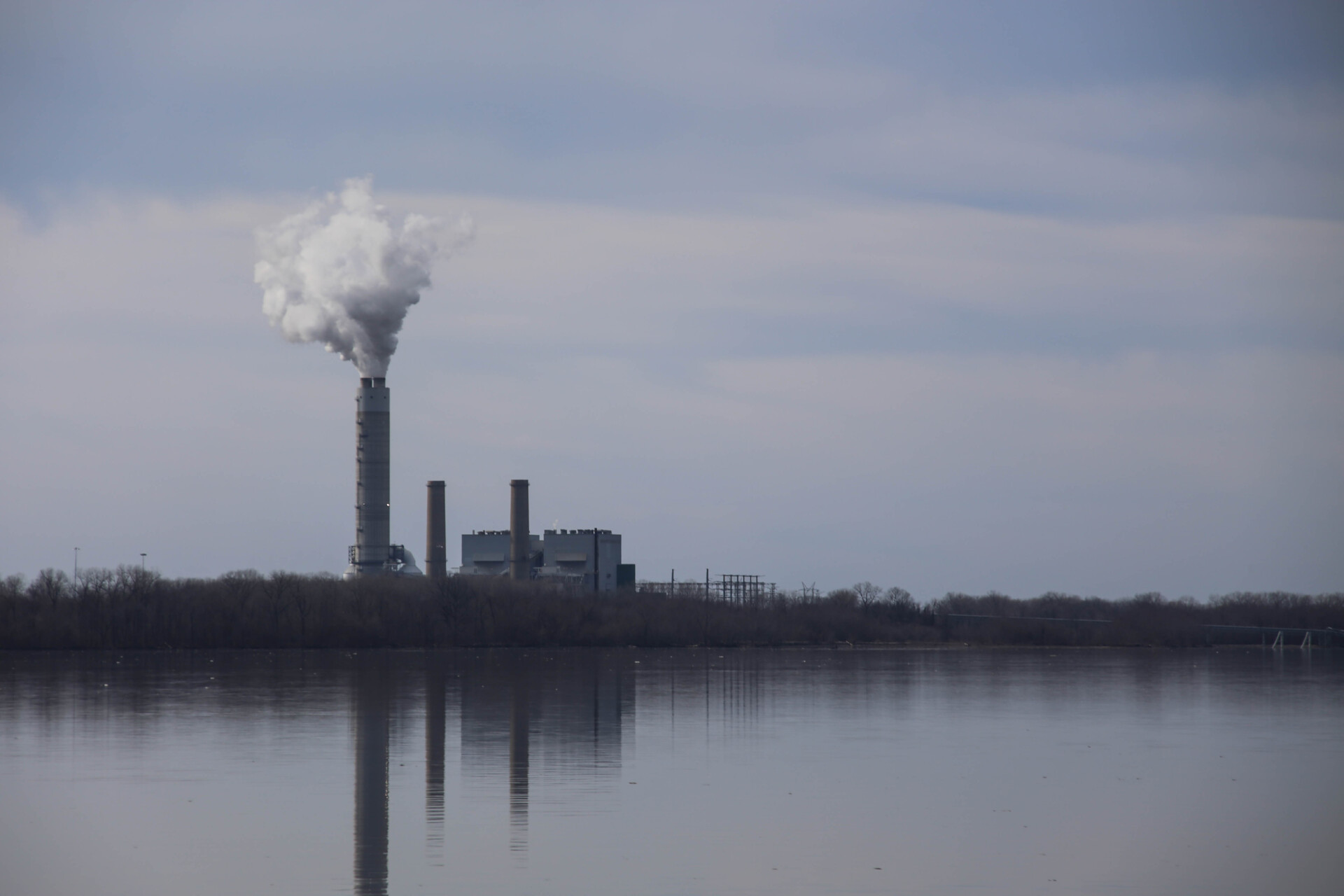Ameren shareholders reject anti-greenwashing proposal

Ameren shareholders shot down a proposal last week that would have required the utility to independently verify whether its climate targets align with the Paris Agreement’s goal of limiting global warming to 1.5 degrees Celsius.
Following a recommendation from Ameren’s board that they reject the measure, 92% of Ameren’s participating shareholders voted it down at the utility’s annual shareholder meeting on May 8.
The proposal, brought forward by a group of Ameren shareholders, would not have required the utility to alter its climate goals or assess its strategies to meet its climate goals. It only stipulated that Ameren disclose a third-party evaluation of its claim that its goals are “science-based and consistent with the objectives of the Paris Agreement to limit global temperature rise to 1.5°C.”
In recommending that shareholders vote down the provision, Ameren’s board said its existing evaluation of emissions targets is sufficient and that an added layer of vetting and transparency would not be “in the best interest of the Company or its shareholders.” Prior to issuing the letter, Ameren had sought permission from the Securities and Exchange Commission (SEC) to entirely exclude the proposal from consideration, arguing that it had already “substantially implemented” the provisions. The SEC rejected this assertion.
The proposal was filed by the Comptroller of the City of New York on behalf of several New York City retirement funds, alongside a division of the Protestant Episcopal Church. It received 17.3 million votes in favor and 196.5 million votes against.
In a letter to shareholders before the vote, New York City Comptroller Brad Lander advocated for the proposal, writing “it is reasonable and appropriate for investors to ask issuers to substantiate their claims in a detailed fashion in order to provide investors with confidence in the company’s oversight of climate risk. This is especially true when the company’s claims relate to material operations of the business.”
Evidence suggests Ameren goals are inconsistent with Paris Agreement
Ameren committed in 2023 to reduce its greenhouse-gas emissions by 60% by 2030 and 85% by 2040 compared with a 2005 baseline, and to reach net-zero emissions by 2045. Ameren’s board noted to shareholders that it used studies by the Electric Power Research Institute (EPRI) to determine that its emissions reductions are proportional to the global emission reductions necessary to achieve the Paris Agreement’s goal. EPRI is a membership organization of investor-owned utilities; about half of its revenue in 2023 was derived from dues paid by those companies, including Ameren, and its board of directors is composed of utility executives, including Ameren’s, according to EPRI tax filings.
EPRI’s published research has focused heavily on the uncertainty inherent in climate and emissions reduction models, and used it to cast doubt on whether it is even possible for utilities to set science-based targets. EPRI’s emphasis on uncertainty could allow utilities to decrease carbon emissions very slowly, or even increase them, and argue that their goals are aligned with the Paris Agreement, by leaning on extreme outliers in climate and emissions models.
Utilities have frequently used EPRI’s work to justify their target-setting.
EPRI’s studies are an inappropriate tool for evaluating utility emissions, and differ widely from non-industry-affiliated assessments, Lander wrote.
“Ameren’s assessment of its targets’ alignment fails to reflect that to meet global climate objectives, the electricity sector in developed countries must decarbonize at a faster rate than other sectors,” Lander said. “When the Paris-alignment of Ameren’s targets are assessed relative to widely used measures of alignment, the discrepancy between Ameren’s target and a 1.5 degree-aligned target remains in all cases.”
Lander’s letter also argues that Ameren’s goals are out of step with other science-based emissions-reduction scenarios from the IPCC, the International Energy Agency, and the Science-Based Targets Initiative.
A figure from Lander’s letter, showing the incongruence of Ameren’s 2030 target with science-based emission scenarios
Ameren plans raise doubts about meeting climate goals
In addition to encouraging its shareholders to reject third-party evaluation of its emissions goals, Ameren has taken other steps that signal backsliding from those targets.
Despite claiming that it is “on-track to meet our emissions reduction targets,” Ameren is planning the construction of six new methane-gas plants between 2027 and 2043, totalling 6.1 GW of generation capacity, nearly two-thirds of its total existing generation capacity. Gas plants have substantial ongoing greenhouse-gas emissions both from combustion and the methane-gas supply chain.
Ameren Missouri’s fossil fuel-powered plants – those run on gas and coal – account for over 99% of the utility’s Scope 1 emissions, or emissions that come from facilities the utility controls or owns. Scope 1 emissions account for the greatest share of Ameren’s overall emissions, with 24,969,134 metric tons of CO2 emitted in 2022, the most recent year for which Ameren has made data available. That is nearly half its total emissions across categories.
In urging shareholders to vote down the proposal, Ameren’s board touted the retirement of 2 GW of fossil-fuel plants as evidence of the company’s progress towards its climate goals. The board did not mention the company’s plans for new methane gas plants with three times that capacity.
In April, Missouri passed utility-backed legislation that expedites the process for approving planned gas plants and provides beneficial financial treatment through a “construction work in progress” provision that enables utilities to charge customers for methane-gas projects before they are complete. These policies, which Ameren lobbied for, are likely to increase costs for consumers while enabling the construction of methane gas plants that could remain online for decades, with expected lifespans extending past Ameren’s net-zero target date.
Photo credit: Paul Sableman via Flickr



